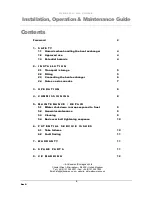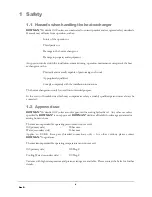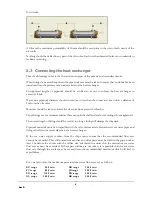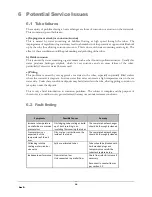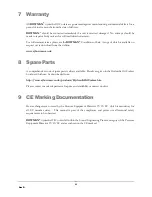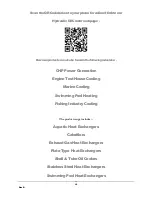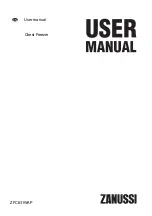
Rev D
5
1.3 Potential hazards
Ensure the maximum permissible operating pressure on the primary or secondary side of the heat
exchanger is not exceeded. The heat exchanger or surrounding equipment may be damaged.
NB:
before the oil cooler is disconnected it must be allowed to cool sufficiently and be depressurized to
prevent injury. The supply and returns to the heat exchanger should be isolated to minimise fluid loss.
2 Installation
2.1 Transport / storage
The heat exchanger must be fully drained down prior to transportation. Once drained and fully dry, the
heat exchanger must only be stored indoors within a non aggressive atmosphere. The connections
should be capped to avoid ingress of dirt and contaminants.
2.2 Fitting
Before fitting, the heat exchanger should be checked for visible signs of damage. The oil cooler can be
positioned horizontally or vertically and should be connected in counterflow so that the fluids flow in
opposite directions, as shown below:
Multiple units can be connected in parallel:



